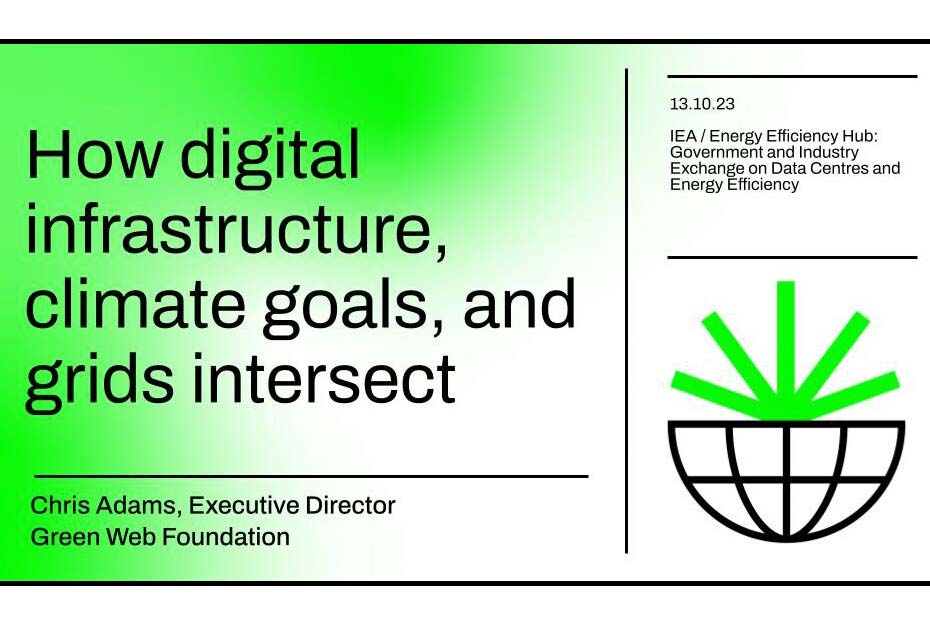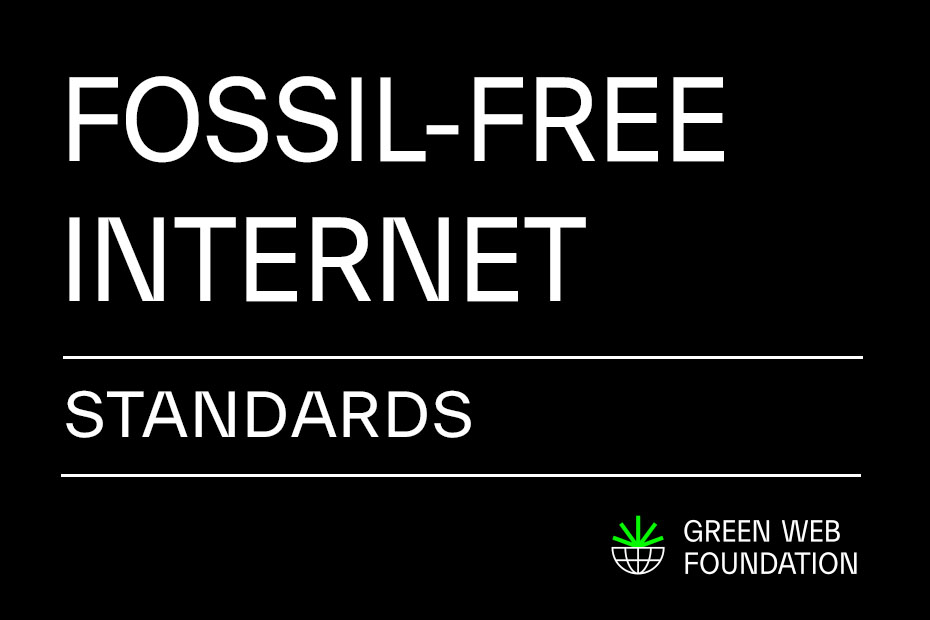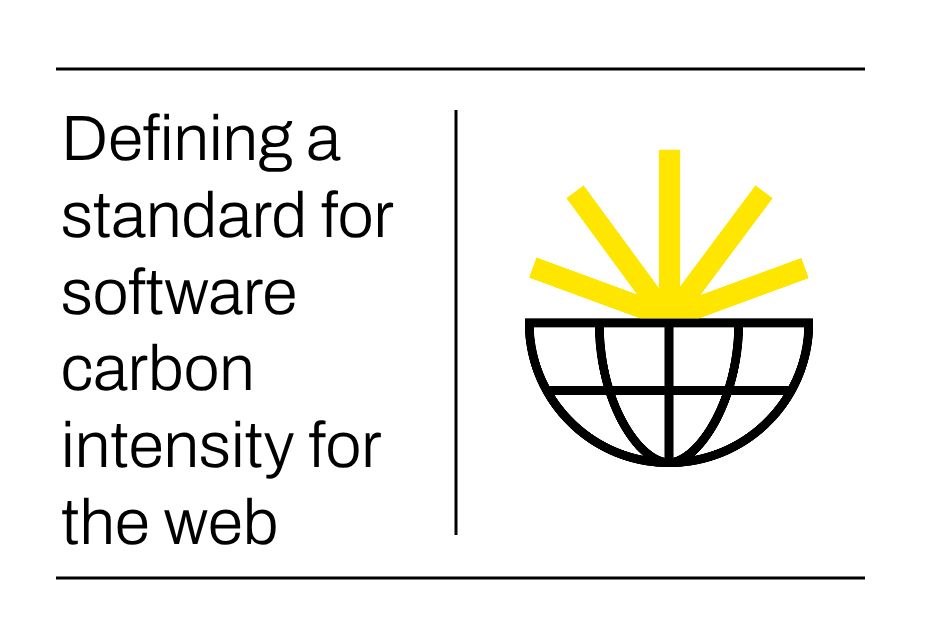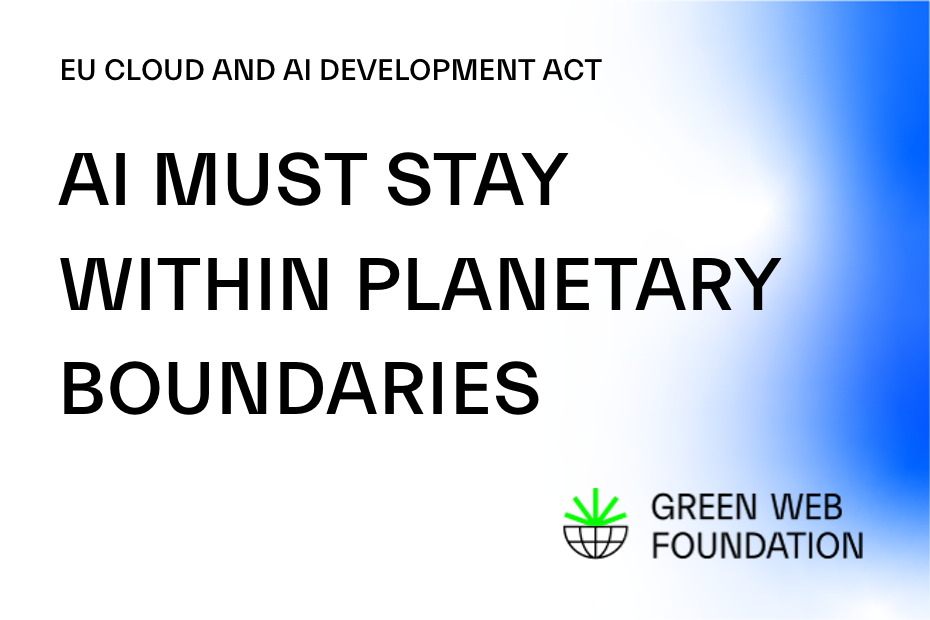In October I was invited to speak at the International Energy Agency (IEA)‘s event “Government and Industry Exchange on Data Centres and Energy Efficiency” in Paris. This event brought together a series of speakers from the public and private sector, and civil society, to discuss approaches to improving energy efficiency and curbing emission from data centres. Read on as I reflect on what we learned from taking part, and to see the talk.
A little context first
At Green Web Foundation, our vision is for a just and sustainable internet. Part of our mission for achieving that goal is to reach a fossil free internet by 2030. I think to make the case for this in a convincing way, we need to understand the energy system well enough to talk about how the internet needs to change.
So when the Energy Efficiency Hub invited me to set the scene in the keynote about curbing the emissions from data centres, I was more than happy to do so. Specifically I was invited to speak about the trends we see in the tech industry, from our perspective of a non-profit working with other civil society organisations, but also as a member of more industry-led initiatives like Green Software Foundation.
This was a pretty big deal for us (career goal unlocked!). Mainly because almost every talk on climate and tech cites the IEA’s data and analysis, including many of ours! The event provided the space to have a richer public discussion about the part the technology sector plays in us meeting our climate goals.
My talk
The slides are available via this page: IEA 2023 – How digital infrastructure, climate goals, and grids intersect IEA 2023. You can see the link to the talk, along with extensive references on each slide, and nearly 2000 words worth of slide notes – you’ve been warned!
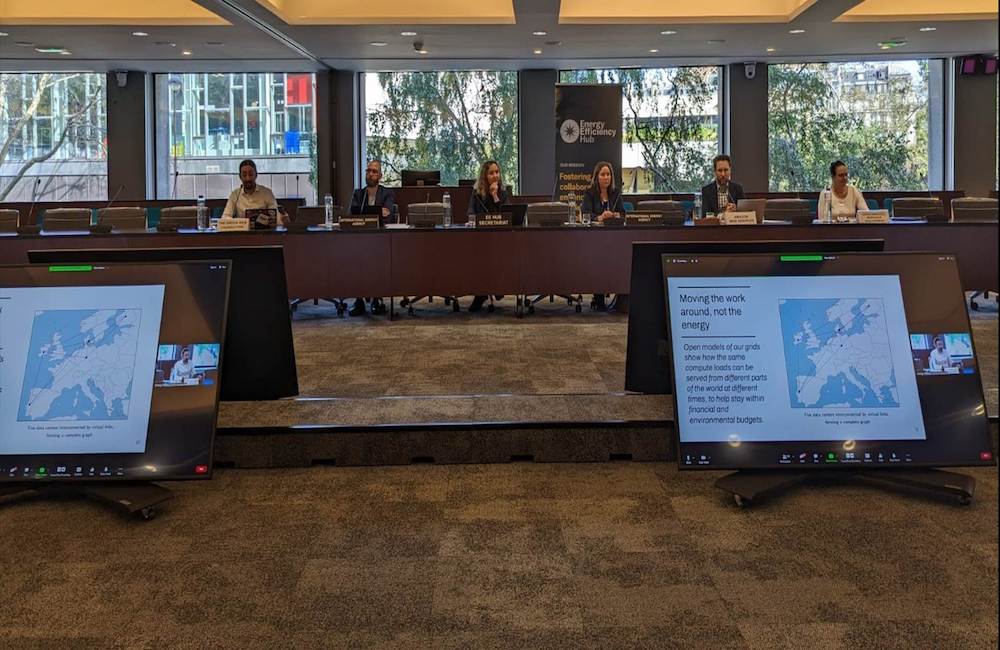
My takeaways
Here’s a few takeaways from the event. If you want to see the agenda for more context, you can find it on the IEA’s event summary page.
Transparency
Everyone speaking at the event, from huge private sector actors like Amazon to the relevant public sector bodies in Ireland, Australia and Luxembourg, agreed more transparency was needed at various levels.
At the micro level, it helps understand how large the fleet of smaller, but very inefficient data centres really is. We need this to understand what kind of climate wins replacing them with more efficient alternatives would bring about.
At the macro level, this would help us see if these changes result in reductions in carbon emissions at a sector level, or whether the savings are being cancelled out by us just doing more with the same or more energy. Wikirate has been doing some good work here (as an aside, check out our research project with them), as has the Sustainable Digital Infrastructure Alliance (SDIA), and Carbon3IT Ltd.
Enabling sustainable behaviour
There is definitely a part for tech sector to play in helping enable sustainable behaviour, and it’s buying power represents a massive lever for speeding the adoption of clean energy technologies.
The session recording has some really interesting figures about the share of clean energy purchases that tech firms have made up over the last ten years.
Moreover, the work of groups like Tom Brown‘s group at TU Berlin to use open source modelling tools to model how carbon aware computing impacts hyperscaler energy needs through to 2030, and by Maximilian Parzen‘s group at Open Energy Transition adapting this work in new contexts, is really worth a look.
The cost of training AI and LLMs
There is a real need for more public information on how the current gold-rush around Large Language Models (LLMs) and the corresponding AI-focussed infrastructure is likely to impact energy demand throughout the 2020’s.
Addressing localised costs
Finally, even if all the new electricity demand is met with hourly matched clean energy (for more info on this see the work of EnergyTag), there are still localised costs which need to be addressed. We need to think about Decarbonisation, but to channel Lorenzo Kristov, we need to think about Equity and Resilience too – the “other DERs” (Distributed Energy Resources).
If you’re keen to chat about these issues drop me a line through our support form or find me on LinkedIn. Myself and the team are also available for consultancy, coaching and training in 2024 and beyond.
